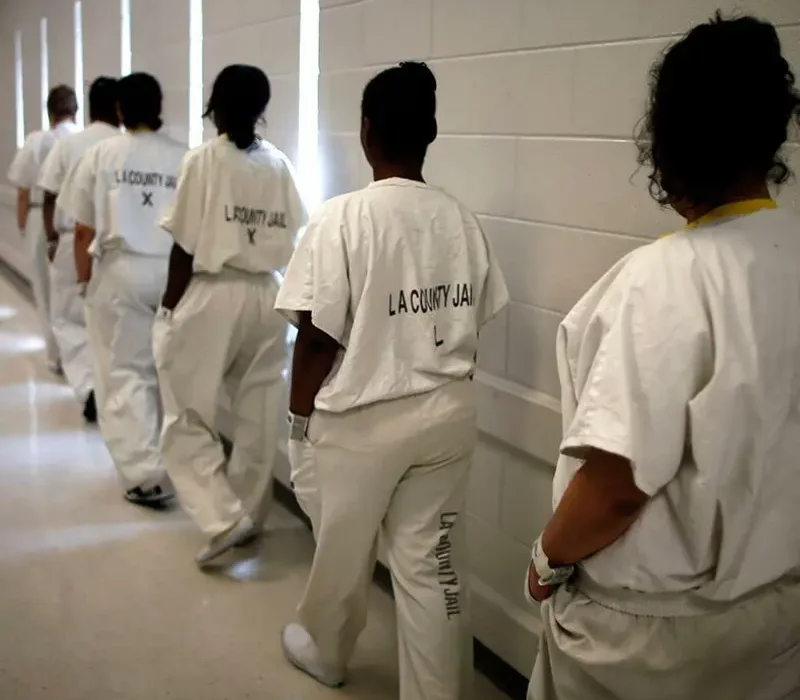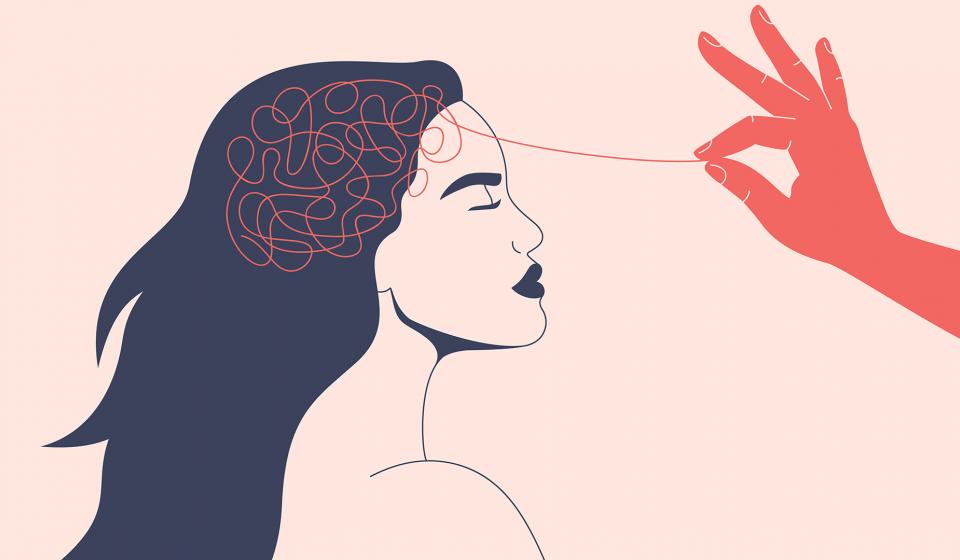The Effects of Prison Overcrowding on Rehabilitation and Recidivism Rates

Prison overcrowding is a persistent issue that continues to strain the criminal justice system worldwide. While incarceration is often seen as a means to punish and deter criminal behavior, it can have unintended consequences, especially when prisons are operating beyond capacity. Overcrowded conditions can significantly impede the rehabilitation of inmates, exacerbate mental health issues, and ultimately contribute to higher recidivism rates, undermining the effectiveness of the justice system.
Understanding Prison Overcrowding
Prison overcrowding occurs when the number of inmates exceeds the facility’s capacity to house them. This issue arises due to factors like high incarceration rates, mandatory minimum sentences, lack of effective diversion programs, and limited parole opportunities. Overcrowded prisons can lead to cramped living conditions, inadequate access to resources, and heightened tensions among inmates. The repercussions of these conditions extend beyond the physical environment—they have a direct impact on inmates’ chances for rehabilitation and their likelihood of reoffending.
Impact on Rehabilitation Programs
Rehabilitation programs are critical for preparing inmates to reintegrate into society successfully upon release. These programs focus on education, vocational training, therapy, and counseling to help inmates address the root causes of their criminal behavior and develop the skills needed to lead law-abiding lives. However, overcrowded prisons often lack the necessary resources to provide these programs effectively.
When prisons are overcrowded, there is limited space for educational facilities, job training programs, and counseling services. Staff members are often stretched thin, and there may not be enough trained professionals to offer individualized care. As a result, inmates may not receive the psychological support or the tools they need to address behavioral issues or to acquire the skills necessary for successful reentry into society. The lack of rehabilitation opportunities means inmates are less likely to experience personal growth or develop the social and emotional skills needed to avoid criminal behavior once released.
Effects on Inmate Mental Health
Overcrowded conditions can also have a severe impact on the mental health of inmates. The lack of privacy, constant noise, limited access to healthcare, and increased conflict among prisoners can lead to heightened stress, anxiety, depression, and aggression. In many cases, the mental health needs of inmates are not adequately addressed due to understaffed facilities or a lack of appropriate services.
This environment of chronic stress can exacerbate pre-existing mental health conditions and lead to new psychological problems. Inmates who do not receive adequate mental health care may struggle with feelings of hopelessness, frustration, and isolation, which can contribute to violent behavior and a lack of motivation to participate in rehabilitation programs.
Recidivism and the Cycle of Reoffending
Recidivism refers to the tendency of previously incarcerated individuals to be re-arrested, re-convicted, or reincarcerated. High recidivism rates are one of the most significant challenges facing the criminal justice system, and prison overcrowding is a key contributing factor. Studies have shown that inmates who do not receive adequate rehabilitation or mental health support are more likely to reoffend upon release.
Overcrowding exacerbates recidivism in several ways:
- Lack of Education and Job Training: Without access to meaningful rehabilitation programs, inmates are less likely to acquire the skills needed to reintegrate into society successfully. This lack of preparation makes it harder for them to find stable employment and avoid criminal activity after release.
- Worsening Mental Health Issues: As mentioned, overcrowding can worsen mental health conditions, which are closely linked to criminal behavior. Inmates with untreated mental health issues are more likely to engage in disruptive behavior, fail to comply with parole conditions, or struggle to adjust to life outside of prison, leading to reoffending.
- Negative Socialization: In overcrowded prisons, inmates are often subjected to dangerous and violent environments, where they may form negative relationships and learn criminal behavior from others. Rather than being rehabilitated, they may instead become further entrenched in criminal subcultures, increasing their likelihood of recidivism.
The Broader Impact on the Criminal Justice System
Prison overcrowding not only affects individual inmates but also puts a tremendous strain on the broader criminal justice system. Overcrowded prisons lead to higher operating costs, reduced quality of care for inmates, and an overburdened parole system. As the cycle of incarceration continues, recidivism rates remain high, and the system is left trying to manage a growing number of individuals who are not being adequately rehabilitated.
Potential Solutions to Address Overcrowding and Reduce Recidivism
Several reforms can help address the issue of prison overcrowding and reduce recidivism rates:
- Alternatives to Incarceration: Expanding the use of diversion programs, such as probation, community service, and house arrest, can help alleviate overcrowding by offering non-custodial sentences for low-risk offenders. These alternatives not only reduce the strain on the prison system but also allow individuals to maintain employment and family ties, which can reduce the likelihood of reoffending.
- Investment in Rehabilitation Programs: Prisons must invest in comprehensive rehabilitation programs that address education, vocational training, and mental health services. Programs that focus on skill-building, counseling, and personal development can significantly improve the chances of successful reentry into society and reduce the likelihood of reoffending.
- Early Release and Parole Reforms: Implementing early release programs for nonviolent offenders who have demonstrated good behavior can reduce overcrowding while still ensuring public safety. Parole systems should also be reformed to focus on rehabilitation and reintegration rather than simply monitoring inmates.
- Improved Mental Health Services: Addressing the mental health needs of inmates through specialized programs and care can help reduce recidivism by treating underlying issues that contribute to criminal behavior.
Conclusion
Prison overcrowding is a critical issue that undermines the effectiveness of the criminal justice system. Overcrowded conditions hinder rehabilitation efforts, exacerbate mental health problems, and contribute to high recidivism rates. To break the cycle of incarceration, society must prioritize reforms that reduce overcrowding and invest in rehabilitation programs that focus on education, mental health, and job training. By addressing these systemic issues, we can create a justice system that not only holds individuals accountable but also offers a path to rehabilitation and successful reintegration into society.










